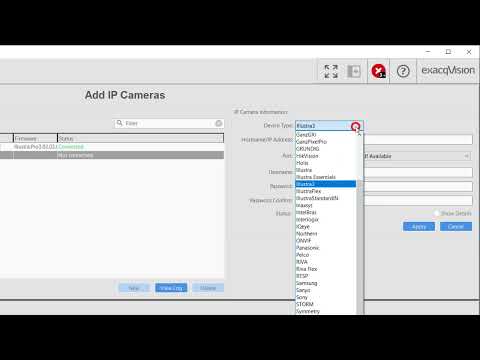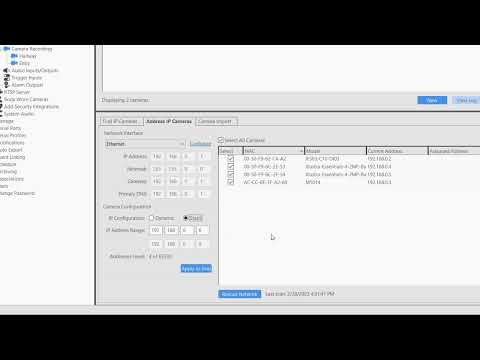This video provides instruction on how to add an IP camera to your ExacqVision system, as well as details on the settings used to add your devices.
Tag: Adding
How to Add IP Cameras – Bulk Method
This video will introduce you to more advanced methods of adding IP cameras to your ExacqVision system. The Find IP Cameras and Address IP Cameras tools, as well as performing bulk camera imports are covered in this video.
Adding or Replacing Hard Drives with exacqVision EL Servers Running Ubuntu 10.04 or earlier (Legacy)
Steps: <br>

